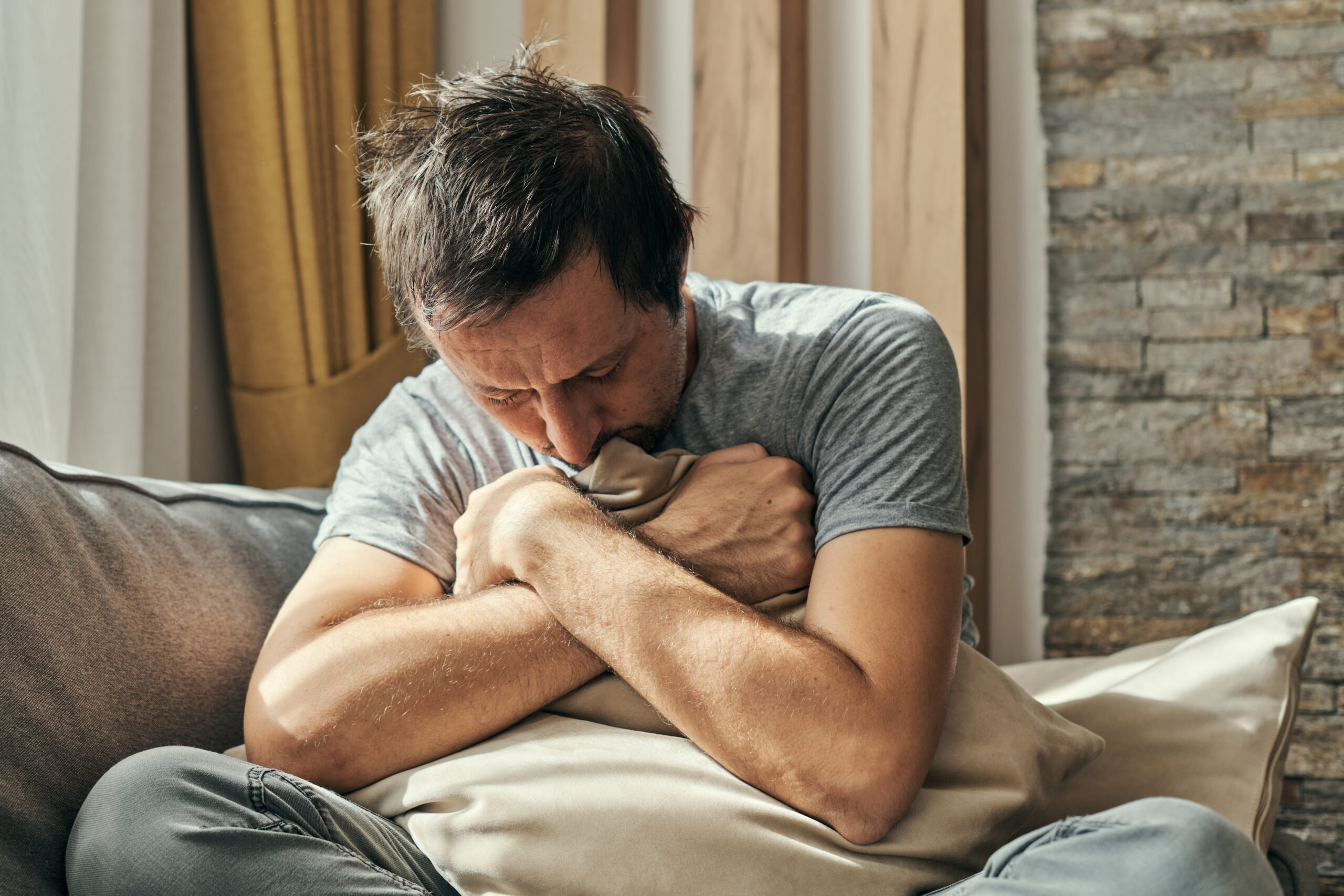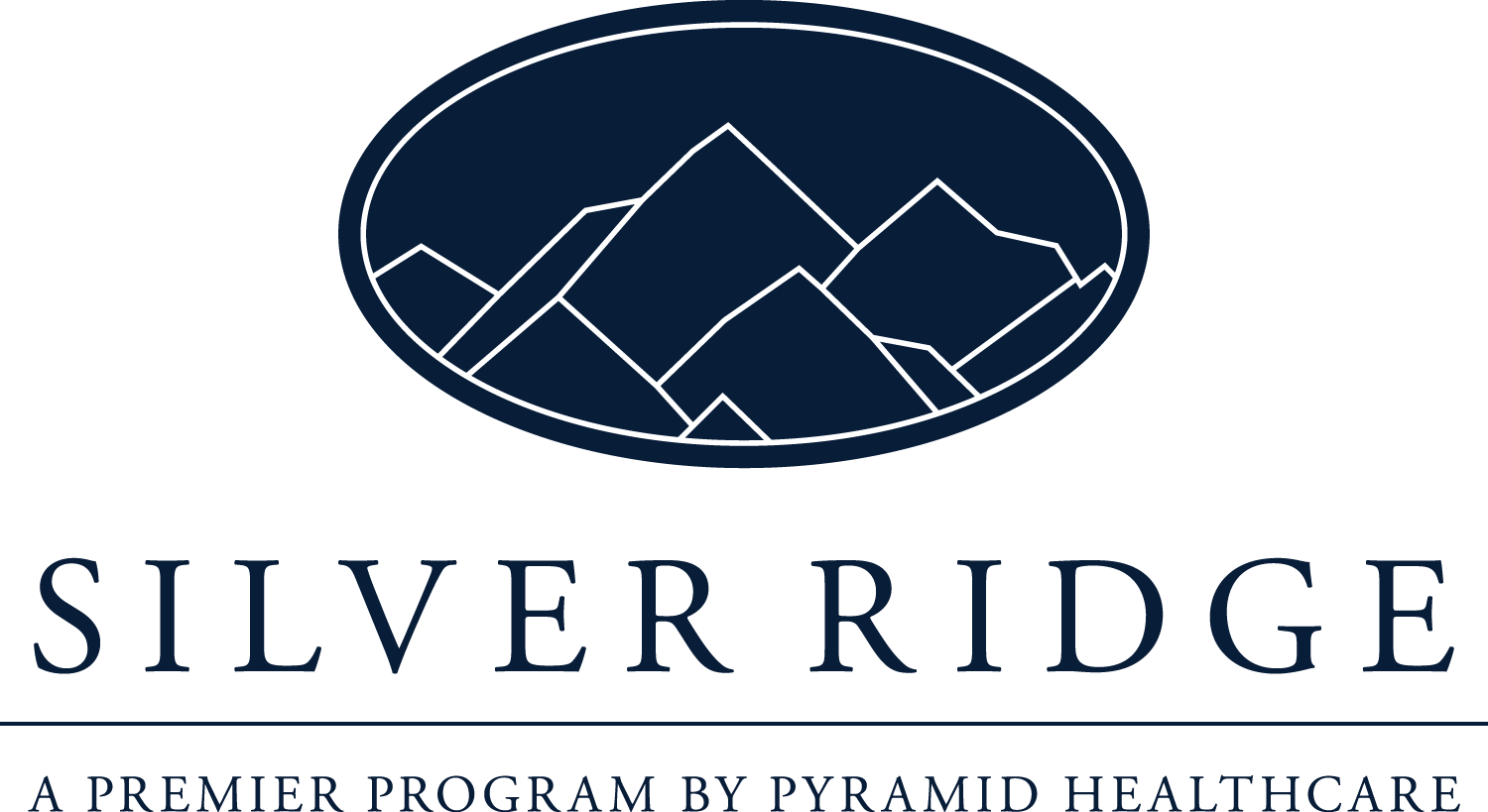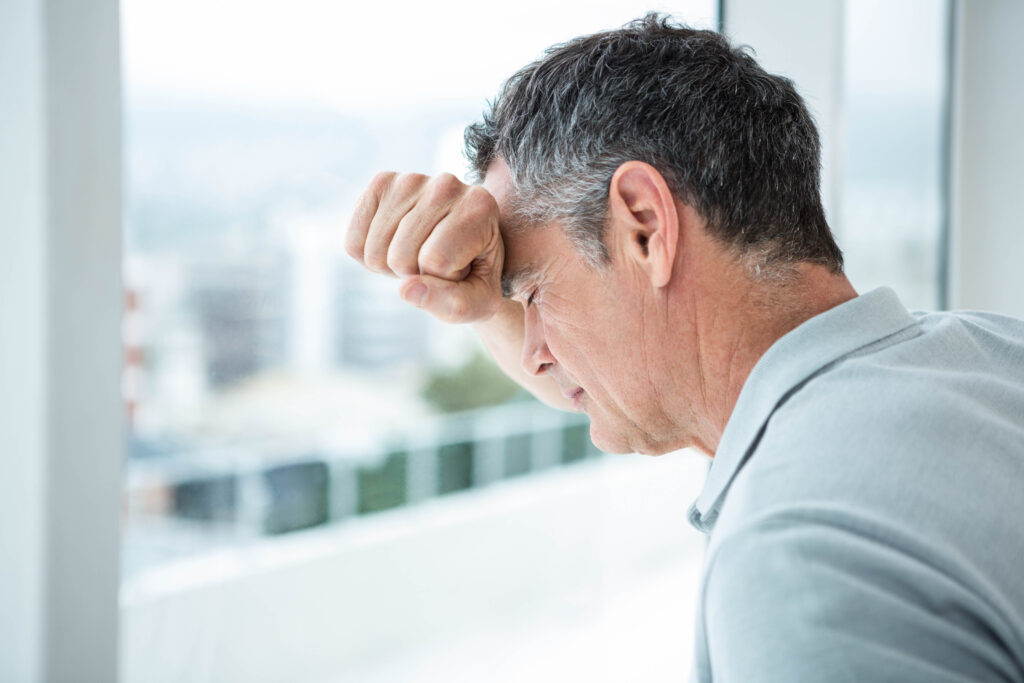What Percentage of Alcoholics Relapse?

When you’re in recovery for drug or alcohol addiction, it’s normal to be fearful of relapse. A single slip up or a full-fledged return to addiction and all its consequences are both scary realities.
In this article we’ll share relapse rates of drug addicts, plus how relapse affects midlife adults and signs to look out for.
What are relapse rates of drug addicts?
Multiple studies estimate that around 40 to 60 percent of individuals who participate in addiction treatment will relapse at some point. Sadly, relapse is common, but it’s not inevitable. Some people will relapse many times, and for others sobriety will stick with the first try.
Relapse can happen for numerous reasons. It occurs most commonly in response to emotionally and physically painful withdrawal symptoms. Substance use relapse can also be caused by mental health issues that go untreated, triggering people and places, poor self-care, loneliness, depression, anger, boredom and more.
Is the relapse rate for addiction lower in midlife?
You may have wondered, “what percentage of alcoholics relapse later in life?” Unfortunately there is a severe lack of scientific literature regarding age group and addiction relapse statistics. The journal Gerontology calls for increased studies on age-related aspects of addiction, stating that drug and alcohol use among older adults is a growing public health concern.
There are various factors that could contribute to the issue of substance abuse among older adults. For one, midlife adults undergo numerous serious transitions, such as divorce, kids moving away, the death of parents, the onset of serious diseases and so on. Major life changes often breed negative emotions, sometimes resulting in relapse.
Another factor that could contribute to relapse in midlife is the duration of an addiction. Adults who get sober later in life are likely to have been using longer, and the more entrenched an addiction is, the harder it will be to maintain recovery.
While relapse rates of drug addicts are high in older adults, a study by the Journal of Adolescent Health states that relapse is less common in older adults (age older than 26) than in young adults (ages 18 to 25). Younger adults face more risk factors for relapse, including higher treatment dropout rates and non-adherence to medication.
Types of relapse
For people of any age, there are essentially two different types of relapse. The first occurs in early recovery, the first few days and weeks after the last use of drugs or alcohol. This type of relapse is primarily physical and is due to the strenuous task of overcoming withdrawal.
Withdrawal can include muscle soreness, headaches, stomach pain, shaking, insomnia, loss of appetite, delusions, seizures and other health complications. These symptoms can be overwhelming and drive a person to return to a substance use disorder.
The second type of relapse begins in the mind. When a person completes inpatient rehab and returns to the outside environment, mental obstacles can feel impossible to conquer. The stress and anxiety of constantly facing difficulties can lead a person to justifying drug use again.
Knowing the types of relapse and the warning signs of relapse can put you on guard so you don’t fall victim to the lure of addictive drugs again. This time, you’ll know how to fight back.
Signs of relapse
While it’s impossible to predict who relapse will affect, anyone can learn the signs of relapse. Recognizing signs in yourself or someone else could halt an impending relapse in its tracks. Here’s what to be on the lookout for.
- A strong craving to drink or use drugs
- Extreme physical discomfort
- Anxiety and panic
- Depression, loneliness, self-isolation or anger
- A high sensitivity to stress
- Traumatic or stressful events
- Lack of social support
- Lack of resources for supporting treatment
- Failure to engage in treatment programs
If you start to notice these signs, it’s time to reach out for aftercare program options, find more effective coping strategies and assess lifestyle changes that could make a difference in protecting your sobriety.
When you’ve reached sobriety
There’s no standard measure for when you’ve finally achieved sobriety, because there’s no benchmark that guarantees triggers will never occur again. The good news is, the longer you stay sober, the higher your chances are of avoiding relapse. Recovery is always an active process, it just gets easier with time.
If you’re struggling to get sober and stay sober, it’s time to get connected with Silver Ridge Recovery. Silver Ridge Recovery is a premier addiction program for midlife adults to find hope and healing with like-minded peers. A holistic approach catered to your needs and preferences can make all the difference in your recovery. Call today.









